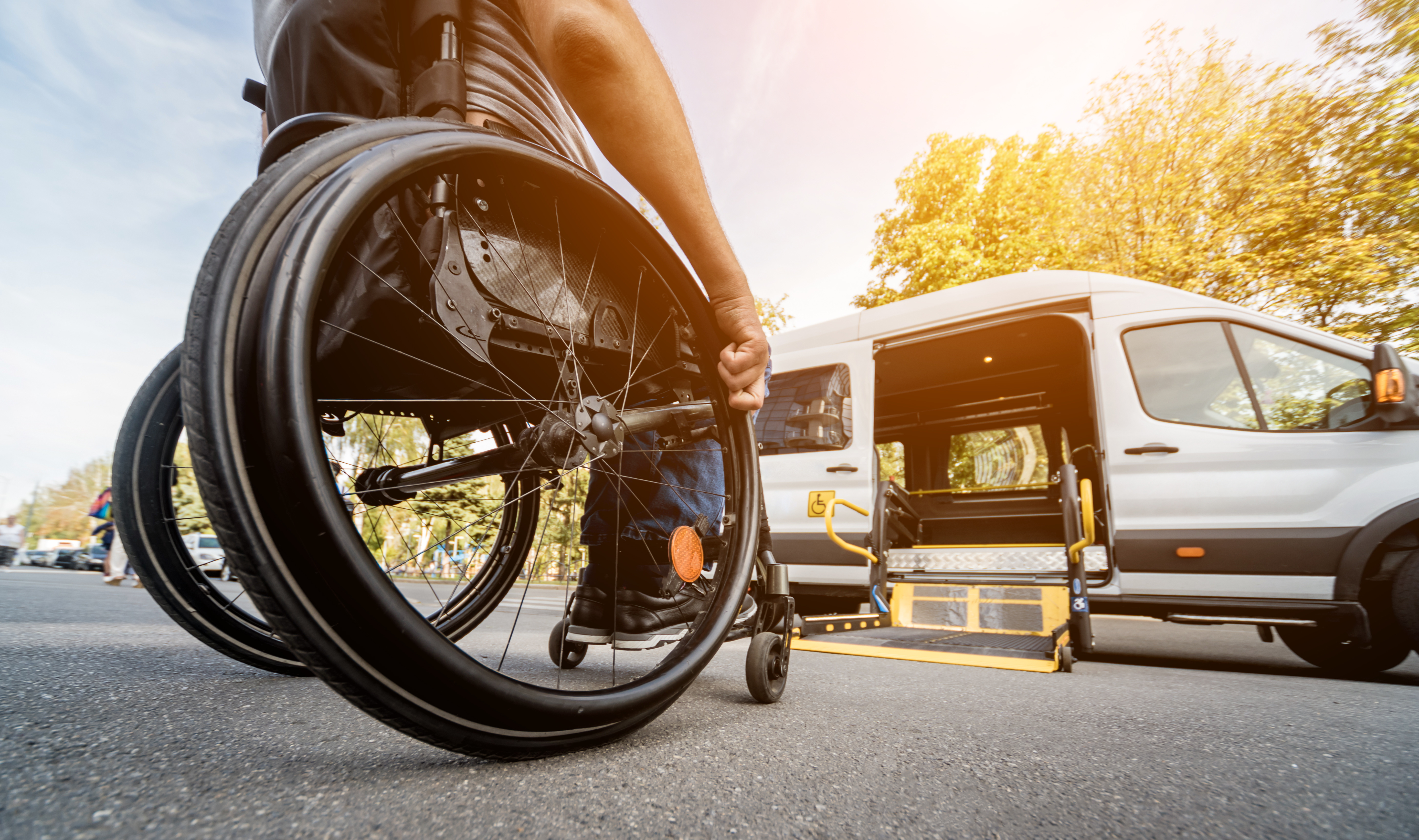Adaptation of wheelchair anti-tippers for different types of wheelchairs – the key differences
Wheelchairs play a significant role in the lives of people with disabilities, providing them with mobility, independence, and the ability to fully participate in social life. For many individuals who, for various reasons, cannot move independently, a wheelchair becomes an invaluable tool that helps them overcome daily challenges and enjoy a better quality of life.
The importance of the wheelchair safety
The safety of wheelchair use is a crucial issue that cannot be neglected. Wheelchairs are tools designed to improve the quality of life for people with disabilities, so their safety is of utmost importance. Wheelchair users often have limited control over their bodies, making properly designed anti-tipper systems and other safety measures essential.
Wheelchair tipping can not only lead to physical injuries but also negatively impact the user’s independence and quality of life. Therefore, wheelchair manufacturers and safety system designers continually work on improving these solutions to provide users with the greatest safety and confidence while using their wheelchairs. As technology and innovation progress, we can expect increasingly advanced and effective safety measures that further minimize the risk of accidents and improve the quality of life for people with disabilities.
Different types of wheelchairs
There are many different types of wheelchairs that can be customized to meet the individual needs of the user. Here are a few examples:
- Manual wheelchairs: these wheelchairs are suitable for everyday use, characterized by their lightweight, maneuverability, and simple construction. Ideal for indoor and sidewalk navigation.
- Specialized wheelchairs: for individuals with more advanced needs, such as significant mobility restrictions, specialized wheelchairs are available. They can be equipped with various accessories and features such as leg supports, pressure-relief cushions, or headrests.
- Electric wheelchairs: for individuals who cannot manually propel a wheelchair, electric wheelchairs are an excellent solution. They provide greater independence and allow for movement without the assistance of others.

Differences in anti-tipper design
Anti-tipper systems in wheelchairs must be designed to consider several factors that affect user safety. Here are some of these factors:
User size and weight: the wheelchair’s design must be properly adjusted to the user’s size and weight to ensure stability.
Terrain and surface type: wheelchairs are used both indoors and outdoors, so anti-tipper systems must account for differences in terrain and surface type.
Driving modes: many wheelchairs have different driving modes, such as straight driving, turning, or reversing. Anti-tipper systems must work in each of these modes.
Speed: wheelchairs can reach different speeds. Anti-tipper systems must be configured to provide safety at all speeds.
Lifting mechanism: wheelchairs often have lifting mechanisms for the seat or backrest. Anti-tipper systems must consider the impact of these mechanisms on wheelchair stability.
Incline angle: terrain may be uneven, affecting the wheelchair’s incline angle. Anti-tipper systems must work even in challenging terrain conditions.
Innovations in anti-tipper systems
In recent years, numerous innovations have been made in wheelchair anti-tipper systems. Modern technologies allow for more advanced stabilization and monitoring systems that react to changing terrain and usage conditions. Some wheelchairs are equipped with advanced sensors and algorithms that analyze the wheelchair’s position and movement in real-time, allowing for a quick response in case of tipping danger.
Additionally, innovations in construction materials allow for the creation of lighter yet more stable wheelchairs. This not only increases safety but also enhances user comfort and mobility.
It is worth emphasizing that the continuous development of wheelchair technology aims to improve the quality of life for people with disabilities by providing them with greater independence and freedom of movement. Therefore, innovations in anti-tipper systems represent a significant direction for the development of this field, which is of paramount importance to wheelchair users.


